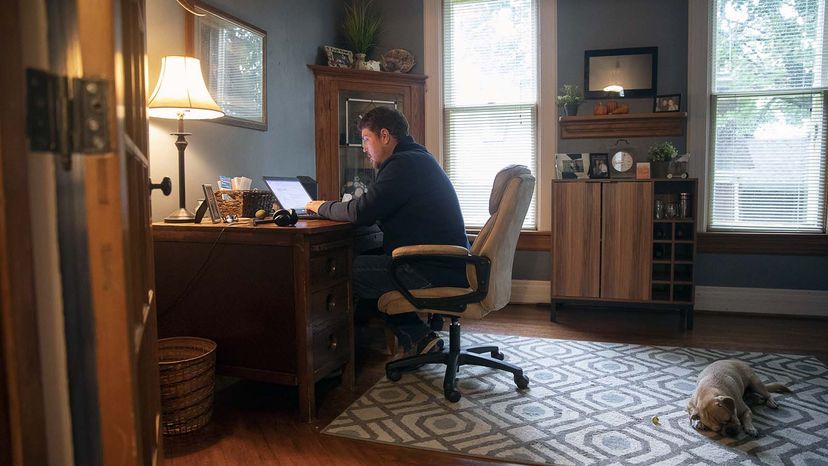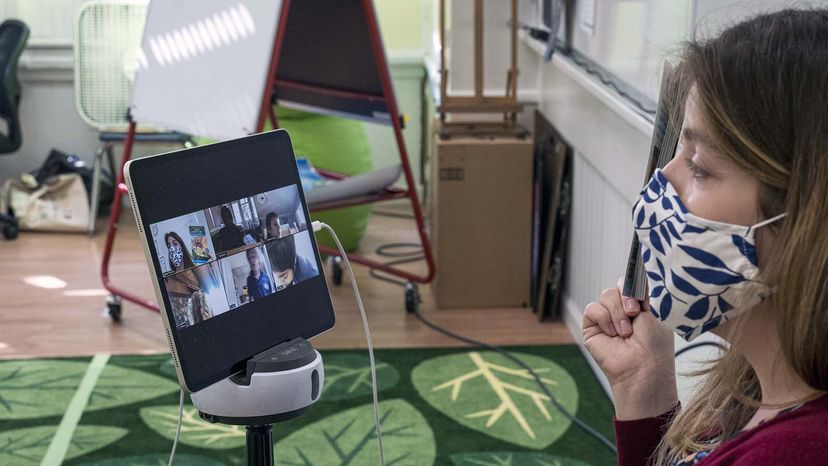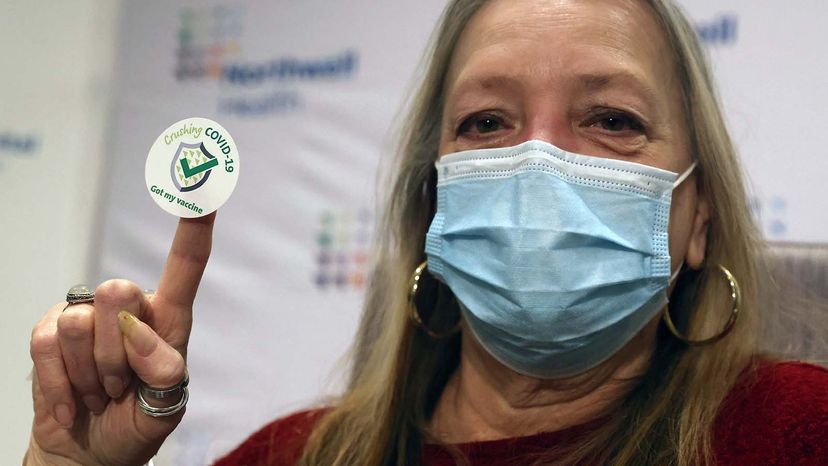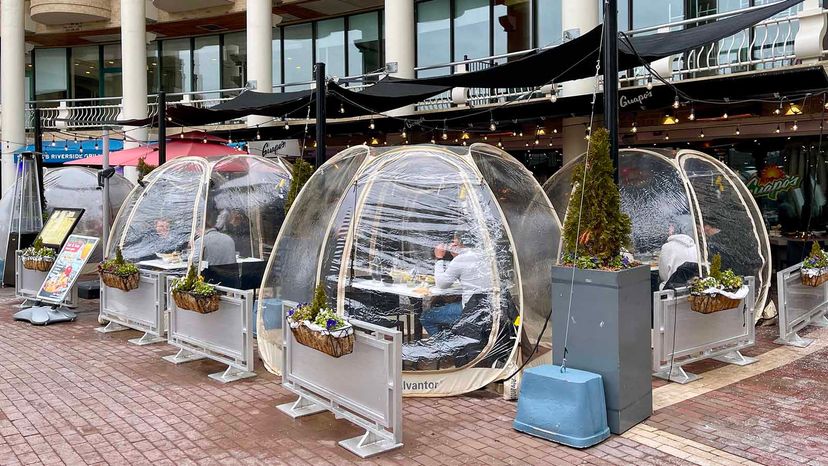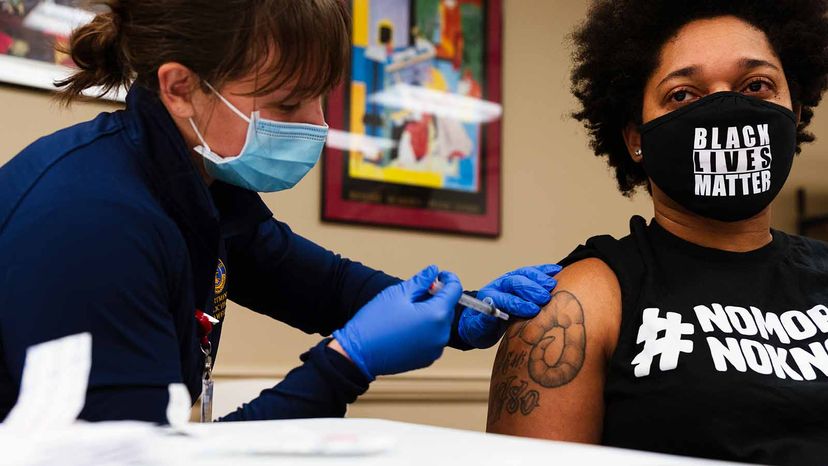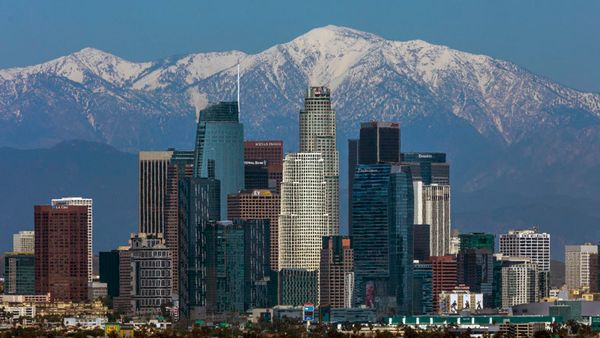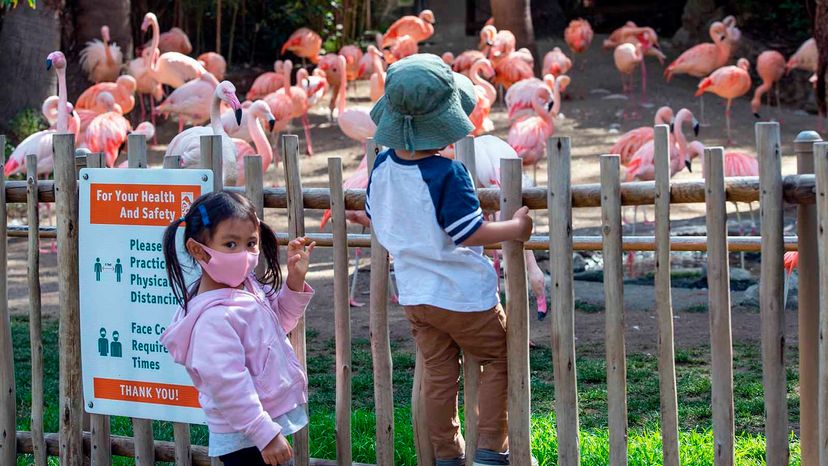
The "Great Pandemic of 2020." Let's hope future historians don't eventually have to tack more years onto that title. These last 12 months have touched virtually every person on the planet in some way and affected virtually every aspect of our lives. As of early March 2021, the roughly one-year-anniversary of the coronavirus outbreak in the United States, more than 115 million cases have been reported worldwide and more than 2.5 million people globally have died.
In the United States, though, more than 518,000 have died in 12 months. To put that number in perspective, an estimated 675,000 died from the 1918 influenza pandemic, which is the equivalent of about 2.2 million people in today's population, according to Justin Fox at Bloomberg. Fewer Americans died in combat during World War I (117,000), World War II (292,000) and the Vietnam War (58,220) combined. HIV/AIDS, another infectious disease, has killed an estimated 700,000 Americans since it was first diagnosed in 1981 — that's a 40 year timespan.
Advertisement
With all that sickness and death from COVID-19 has come incalculable destruction. To individuals and families. To small towns and teeming cities. To societies. To nations. These are historic times that we must never forget. The pandemic, in ways terribly obvious and as-yet unseen, has changed the very way we live. Here are some of the ways how.
